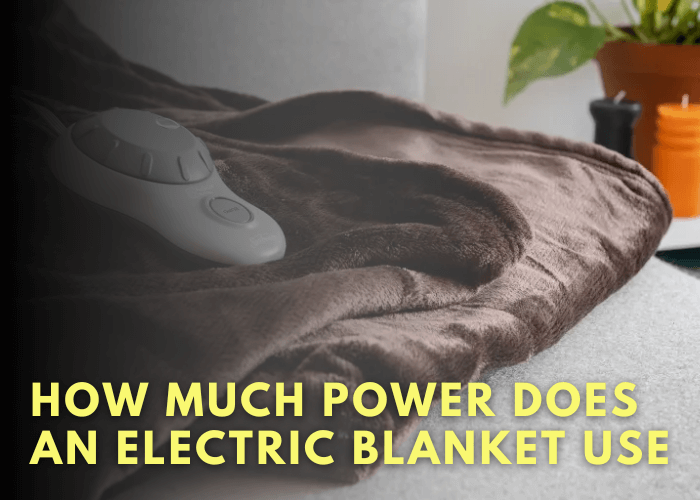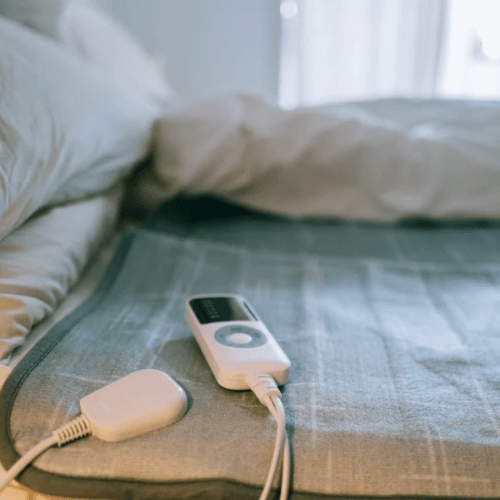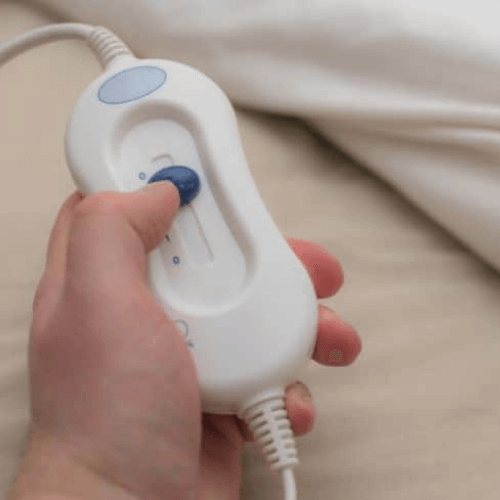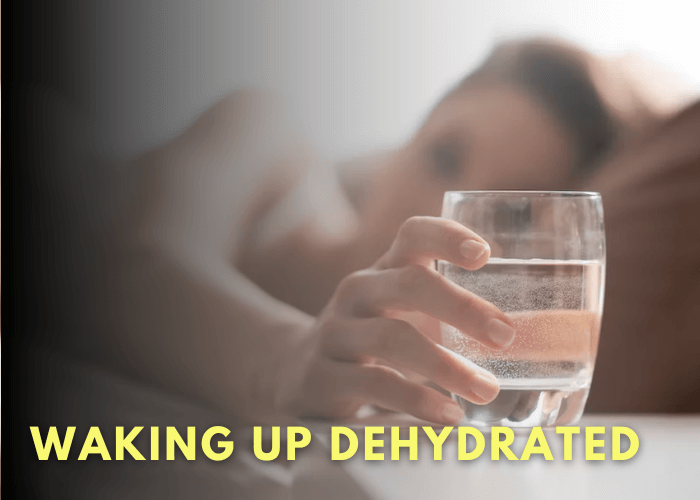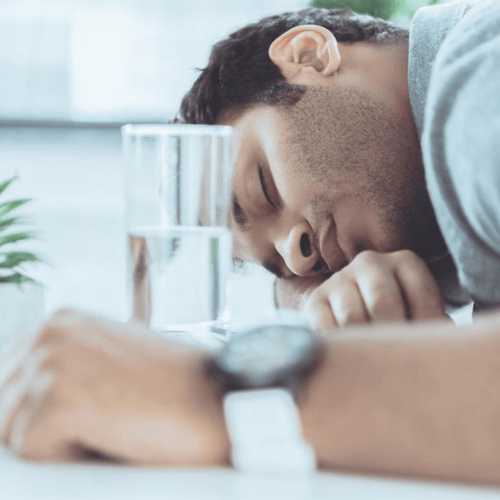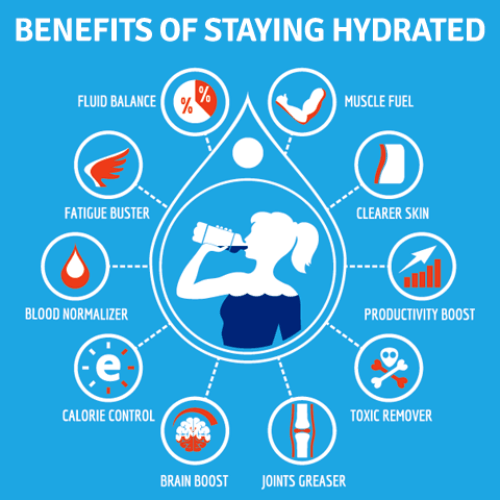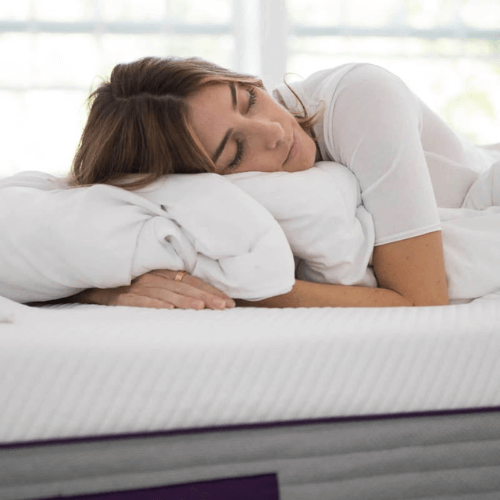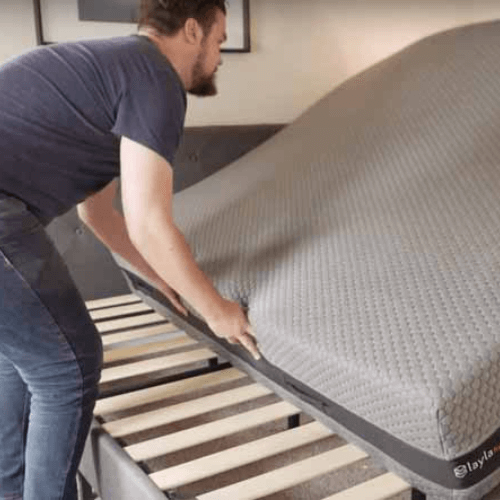It’s a well-known fact that a good night’s sleep is worth its weight in gold. But what happens when you can’t drift off to Dreamland?
Enter apple cider vinegar and honey, the dynamic duo of natural remedies for sound slumber.
This age-old remedy has been used for centuries to help induce a restful night’s sleep like a warm glass of milk.
Let’s take a closer look at the science behind this so-called ‘sleeping potion’ and see if it stands up to the test.
What Are The Benifits Of Apple Cider Vinegar And Honey?

Apple cider vinegar has antibacterial, antifungal and antiviral properties. It is also high in acetic acid which helps balance the body’s pH level and may help reduce inflammation.
Honey contains antioxidants, enzymes, vitamins and minerals that can boost digestion and immunity.
These two ingredients combined create a powerful remedy said to help with sleep problems such as insomnia or difficulty falling asleep.
In addition, apple cider vinegar and honey can aid digestion, relieve allergies, reduce stress levels and improve overall health.
The combination of these two natural ingredients provides many potential benefits for those seeking better sleep quality.
How To Prepare Apple Cider Vinegar And Honey For Sleep
In any fairy tale, a magical elixir is often featured that can cure ailments and promote well-being.
Now, it seems that this elixir may have been found in the combination of apple cider vinegar and honey for sleep.
Let’s explore how to prepare this concoction.
Firstly, the list of ingredients needed is quite simple: one teaspoon of apple cider vinegar, one teaspoon of honey, and one cup of warm water.
Secondly, mix the ingredients together until fully blended.
Thirdly, stir the mixture thoroughly before drinking.
Finally, drink the concoction 30 minutes before bedtime for optimal results.
The preparation process is straightforward and easy to follow.
However, be mindful when drinking; not everyone has the same tolerance to this blend — so start small and increase your dosage if necessary. In other words: listen to your body!
So if you’re looking for a natural way to improve your sleep quality, then give apple cider vinegar and honey a try — you may be pleasantly surprised with what you find!
Recommended Dosage Of Apple Cider Vinegar And Honey For Sleep
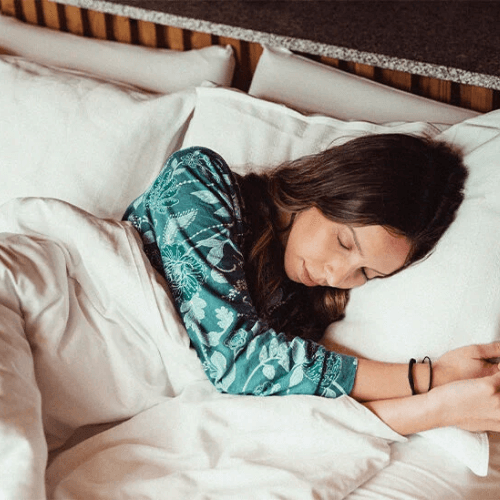
The ideal combination is two tablespoons of organic apple cider vinegar with one tablespoon of raw honey in a glass of water.
Drink this mixture 30 minutes before going to bed every night for optimal results.
In addition to helping improve sleep quality, apple cider vinegar and honey can help reduce stress levels and boost energy levels throughout the day.
It’s also rich in antioxidants that can help promote better digestion, strengthen immunity, and reduce inflammation in the body.
Be sure to consult with your doctor before starting any new regimen as it may interact with certain medications or cause side effects for those with existing medical conditions.
Potential Side Effects
When it comes to natural remedies for sleep, apple cider vinegar and honey have a few benefits. But like all medicines, there may be some side effects. It’s best to understand them before trying this concoction.
The most common side effect of using apple cider vinegar and honey for sleep is digestive upset.
It can cause heartburn, indigestion, or even nausea in some people.
This is because of the acidity of the vinegar and the sweetness of the honey.
It’s important to remember that neither apple cider vinegar nor honey should be taken in large doses.
Too much can cause adverse reactions, including headaches and dizziness.
If you experience any of these symptoms after taking the mixture, stop using it immediately and seek medical attention right away.
When looking for natural remedies for sleep, it’s important to consider all your options.
There are many other ways to get a good night’s rest without relying on this particular remedy.
Alternatives To Apple Cider Vinegar And Honey For Sleep
Sometimes, it’s hard to find the right solution to get a good night’s rest.
But if you’re looking to stray away from apple cider vinegar and honey as an option for sleep, there are plenty of alternatives.
The night sky is full of possibilities – so don’t limit your options! From herbal teas to aromatherapy and melatonin, there are many paths to take when trying to figure out the best way to reach dreamland.
Herbal teas such as chamomile, lemon balm, and peppermint have been used for years by those seeking a more natural route for relaxation before bedtime.
Aromatherapy is another option that can be used in conjunction with other products like essential oils and candles.
Lastly, melatonin supplements are available over the counter that can help regulate your sleep cycle without any other added ingredients.
With so many different alternatives available, finding what works best for you shouldn’t be difficult.
All you need to do is explore and find the right combination that helps bring on sweet dreams!
How To Incorporate Apple Cider Vinegar And Honey Into Your Sleep Routine
The first step is to make sure you’re using raw, organic apple cider vinegar and honey.
You can add 1-2 teaspoons of each to a glass of warm water or herbal tea, or if you prefer, simply mix them together in the same cup.
It’s important to take the mixture 30 minutes before bedtime in order to reap the benefits.
Once you’ve taken it, let yourself relax by doing something calming like reading or stretching.
Over time, your body may start to associate taking this with feeling more relaxed before bed and naturally help promote better sleep quality.
How Long Does It Take For Apple Cider Vinegar And Honey To Improve Sleep?
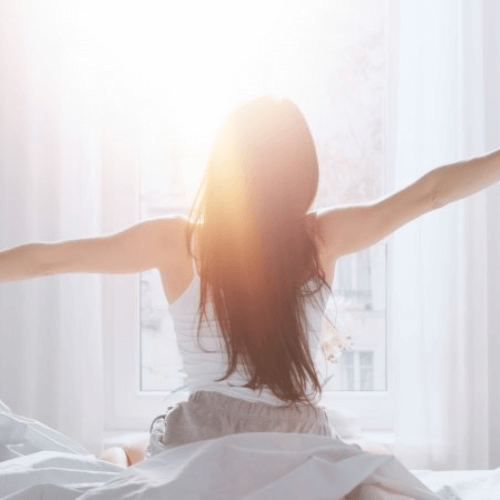
“A spoonful of honey helps the medicine go down,” and it’s certainly true when it comes to using apple cider vinegar and honey for sleep.
While many people have found relief from insomnia by incorporating these two natural ingredients into their nightly routine, many still wonder how long it takes to see results.
The time it takes to notice a difference in one’s sleep quality varies from person to person.
Some may start seeing results within a few days, while others may take weeks or even months before they feel an improvement in their sleep.
It also depends on how often someone is taking the apple cider vinegar and honey mixture, along with individual body chemistry.
However, there are some things that can be done to help speed up the process.
This includes avoiding caffeine late at night, creating a relaxing bedtime routine, exercising regularly, and avoiding excessive stress during the day.
All of these can help create better sleeping habits and eventually lead to improved sleep quality when combined with apple cider vinegar and honey.
It’s important to note that although apple cider vinegar and honey are natural ingredients, they should still be taken with caution as too much of either can cause problems such as nausea or indigestion.
To get the most out of this remedy for sleep, it is best to talk to your doctor about what dosage is right for you before beginning any new supplement or treatment routine.
With this knowledge in tow, one can then move forward towards having better sleep through the power of nature’s medicine cabinet.
Summary Of Apple Cider Vinegar And Honey For Sleep
Apple cider vinegar and honey for sleep is a popular home remedy. It can help you relax, improve digestion, and encourage better sleep. But there are some things to keep in mind if you’re gonna give it a try.
First, be sure to take the right amounts of each ingredient.
Too much apple cider vinegar can cause adverse reactions like throat burning or upset stomach. And too much honey may lead to weight gain.
Second, there are certain foods that should be avoided when taking this combination.
Caffeinated drinks like coffee or soda will make it harder to fall asleep, as well as high-sugar snacks that’ll give you an energy boost instead of relaxation.
Also steer clear from alcohol and processed foods, which can disrupt your digestive system and disturb your sleep cycle:
Foods to Avoid:
- Caffeinated Drinks
- High-Sugar Snacks
- Alcohol
- Processed Foods
Foods That Help:
- Complex Carbs & Healthy Fats
- Herbal Teas & Spices
- Probiotics & Fermented Foods
These alternatives are rich in nutrients that’ll help you sleep better.
Complex carbs like whole grains and starchy vegetables release energy slowly throughout the night while healthy fats provide essential fatty acids that aid with hormones and digestion.
Herbal teas have calming properties, while spices like cinnamon or nutmeg can reduce inflammation before bedtime.
Probiotics found in yogurt or fermented foods such as kimchi support gut health so your body can rest more easily.
Taking apple cider vinegar and honey for sleep has potential benefits but should be done safely – with the right ingredients in moderate amounts and avoiding food that may interfere with getting enough restful slumber.
Frequently Asked Questions
Is Apple Cider Vinegar And Honey Safe For Children?
Kids need good sleep. But is it safe to give them apple cider vinegar and honey? It’s an age-old remedy, but is it really a good idea? Some parents swear by it. A teaspoon of apple cider vinegar and a teaspoon of honey in warm water at bedtime can help kids relax.
The acetic acid in the vinegar may help reduce anxiety, while honey has its own calming properties.
But there are risks.
Unpasteurized honey can contain botulism spores which can cause a life-threatening illness in young children. And apple cider vinegar is acidic, so it could damage their teeth if taken regularly or if they sip it all night long.
It’s best to consult your pediatrician before giving your child any home remedies like this one. They’ll be able to advise you on the safety and effectiveness of using apple cider vinegar and honey as a sleep aid for your child.
Can Apple Cider Vinegar And Honey Be Taken With Other Medications?
Yes, apple cider vinegar and honey can be taken with other medications. But you may wonder if this is safe. After all, combining medications can sometimes have negative effects.
Here’s the good news: when taken in moderation and as directed by a doctor, taking apple cider vinegar and honey with other medications is typically safe. It’s important to follow your doctor’s instructions on how much of each to take and what time of day to take them for optimal results.
In addition, it’s important to remember that these two ingredients are natural remedies and should not be used as a substitute for any prescribed medication by your healthcare provider. They can however be used in conjunction with other medications to help improve overall health and wellness.
TIP: If you’re considering taking apple cider vinegar and honey with other medications, make sure to talk to your doctor or pharmacist first – they will be able to advise you on the best course of action for your particular situation.
Is Apple Cider Vinegar And Honey Suitable For Pregnant Women?
Many people wonder if apple cider vinegar and honey is suitable for pregnant women. In general, it is best to avoid consuming large amounts of vinegar during pregnancy, as it can cause nausea or indigestion.
But a small amount of apple cider vinegar with honey may be beneficial for some expecting mothers. The main benefit of taking this combination is that the honey helps to reduce nausea and soothe an upset stomach. The vinegar also helps to balance out hormones which can help reduce morning sickness.
Additionally, the high levels of vitamins, minerals, and antioxidants in both ingredients could provide further benefits such as boosting immunity and aiding digestion. However, it’s important to speak to your doctor before taking any form of supplement during pregnancy.
The correct dosage will depend on your individual needs and health profile, so consulting with a medical professional is essential before making any decisions regarding apple cider vinegar and honey consumption while pregnant.
Ultimately, it’s always best to err on the side of caution when considering dietary changes during pregnancy – but there may be some benefits in taking this combination if used appropriately under medical supervision.
Conclusion
It’s clear that Apple Cider Vinegar and Honey can be a great natural sleep aid for those in need. But before you try it, it’s important to consider the safety of this remedy.
Apple Cider Vinegar and Honey are generally safe for children, pregnant women, and those taking other medications.
However, it’s best to speak with your healthcare provider before taking any supplement as interactions may occur with certain medications or supplements.
Additionally, make sure to check the expiration date on your bottle of Apple Cider Vinegar and Honey; like all food products, it has a shelf life that should not be exceeded.
When taken responsibly and according to instructions, Apple Cider Vinegar and Honey can help provide restful sleep without harsh side effects.
It’s a safe, natural way to get some much-needed shut-eye. Just remember to exercise caution when using this remedy and always follow the directions closely for the best results.
Many swear by the power of apple cider vinegar and honey when it comes to catching some Zs. In its most basic form, apple cider vinegar is made by fermenting apples with water and sugar until it forms acetic acid – an active ingredient with numerous health benefits.
Honey, on the other hand, contains natural sugars that are broken down slowly, making it an ideal bedtime snack.
When these two ingredients are combined, they create a powerful concoction that can help promote deeper sleep cycles and reduce stress levels before you hit the hay.
The combination of these two ingredients may seem odd at first, but many believe that together they can work wonders for those struggling to snooze.
With further research still needed to prove its effectiveness, let’s explore the possible benefits of adding this sleeping potion into your nightly routine – and find out whether or not it really lives up to its reputation as a modern-day miracle cure for poor sleepers everywhere!


